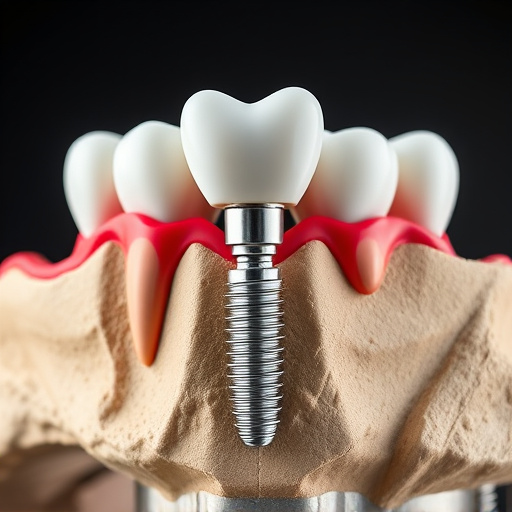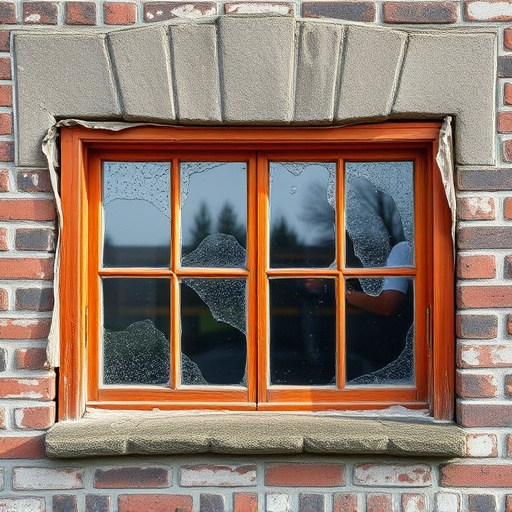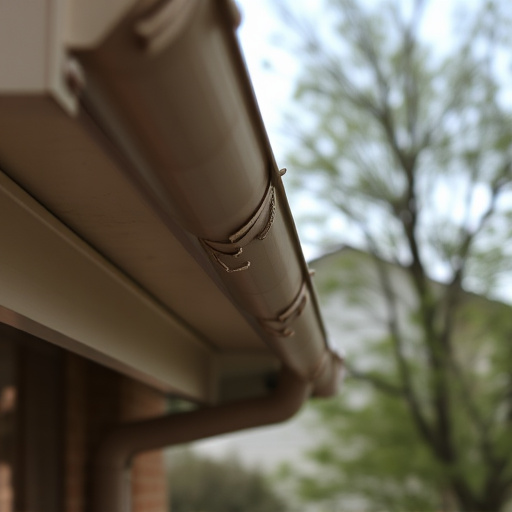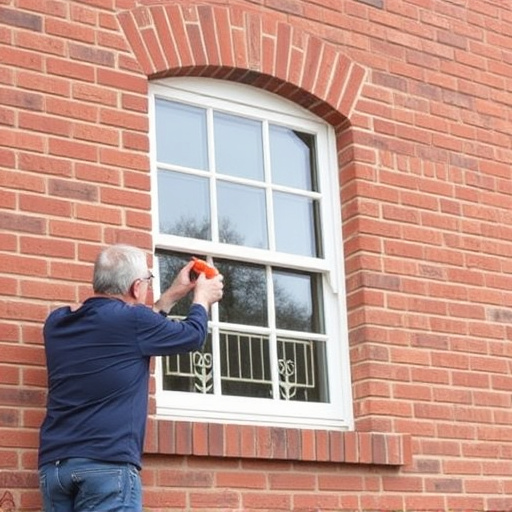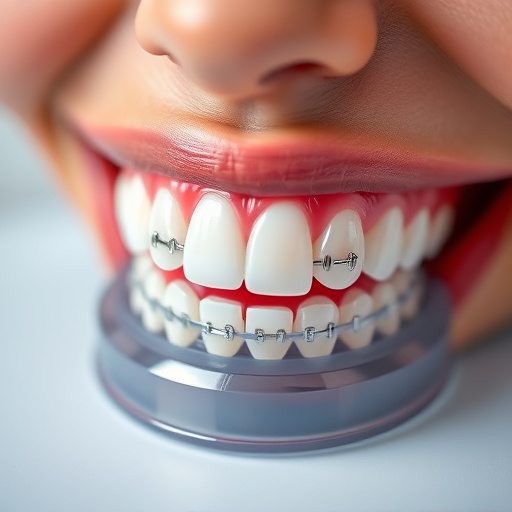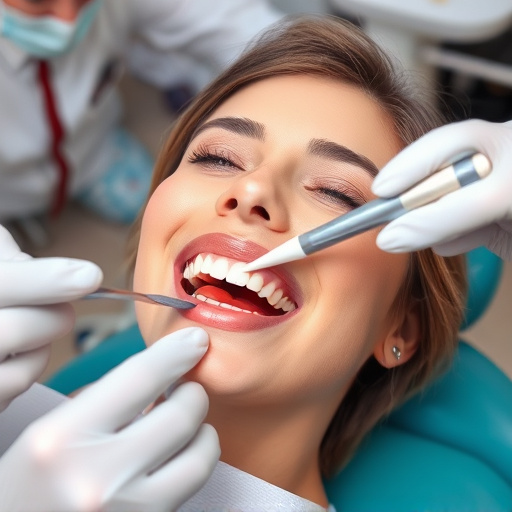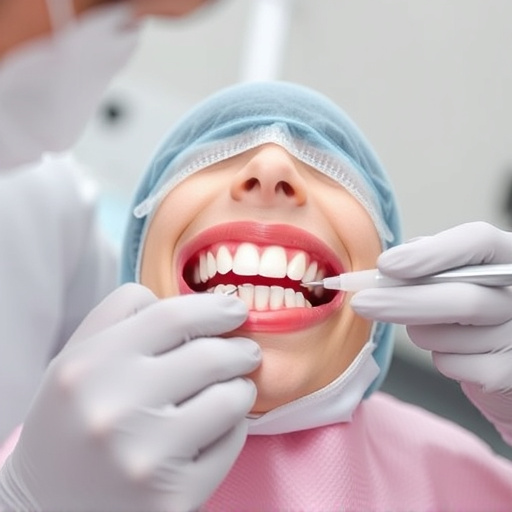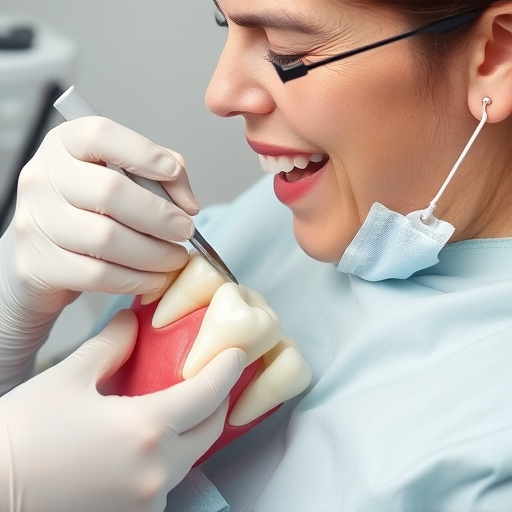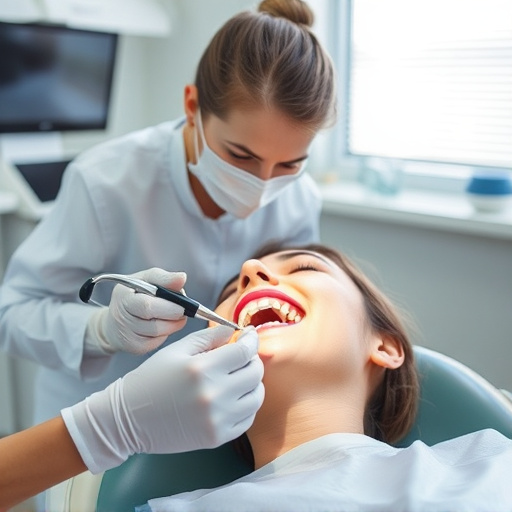Digital dental X-rays have revolutionized dental care by providing faster, safer, and more efficient alternatives to traditional film-based methods. These advanced technologies offer real-time image display, eliminating chemical solutions and physical storage, while facilitating informed decisions for teeth cleaning and procedures through easily shareable, high-quality images. With significantly reduced radiation exposure and immediate results, digital dental X-rays enhance diagnostic accuracy, enable swift decision-making during urgent cases, and contribute to improved patient outcomes in both children's and general dentistry practices globally.
“Experience the future of dental care with safe and fast digital dental X-rays, a revolutionary advancement in oral imaging. This technology has evolved dramatically from traditional film radiography, offering improved image quality and enhanced patient safety. Digital X-rays reduce radiation exposure while providing immediate access to crisp, detailed images.
This article explores the history and development of dental radiography, highlighting the advantages of digital over film. We delve into how these benefits extend across all ages, from children to seniors, with age-specific considerations and customizable settings, ensuring optimal care for every patient.”
- The Evolution of Dental X-Rays: From Film to Digital
- – History and development of dental radiography
- – Advantages of digital over traditional film x-rays
The Evolution of Dental X-Rays: From Film to Digital
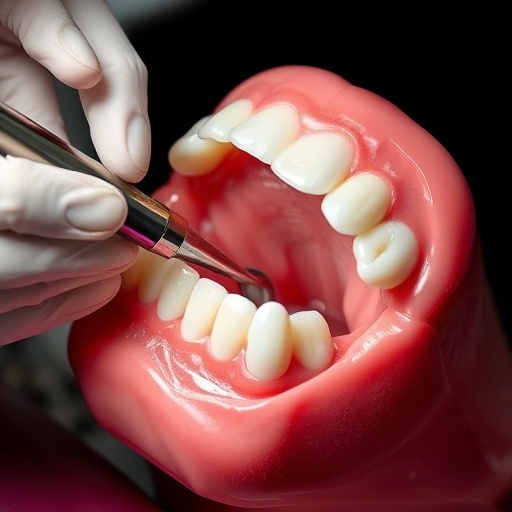
The evolution of dental x-rays has come a long way from its early days when film was used to capture and develop images. This traditional method, though reliable, had its drawbacks. It involved handling chemical solutions, required more time for processing, and produced physical films that needed storage space. The advent of digital dental x-rays has transformed the way dental professionals conduct their work, offering numerous advantages.
Digital technology provides a faster, safer, and more efficient alternative. With real-time image display, dentists can immediately review and analyze x-rays, enabling prompt diagnosis and treatment planning. This advancement is particularly beneficial for patients of all ages, ensuring comprehensive dental care without the wait or exposure to potentially harmful chemicals. Digital x-rays also facilitate better communication between dentist and patient, as high-quality images can be easily shared, leading to more informed decisions regarding teeth cleaning, dental fillings, and other procedures.
– History and development of dental radiography
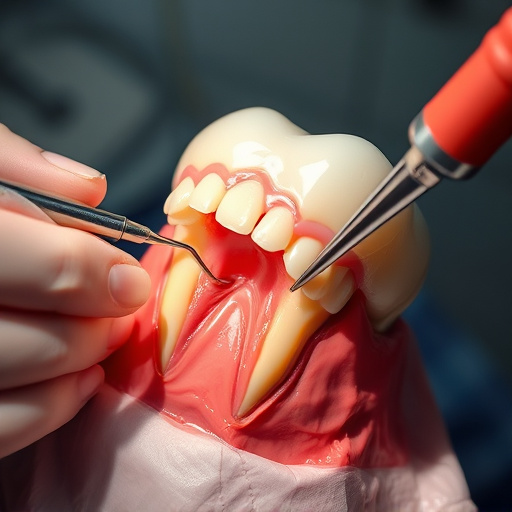
Dental radiography, or the art of capturing images of teeth and oral structures using radiation, has a rich history dating back to the late 19th century. The journey began with conventional film-based X-ray machines that produced physical films, which were then developed in darkrooms. Over time, this technology evolved into digital dental radiography, revolutionizing the way dentists visualize dental health. The transition from film to digital was a significant step forward, offering numerous advantages in terms of speed, accuracy, and efficiency.
Digital dental X-rays have become an indispensable tool in both children’s dentistry and general dentistry practices worldwide. They provide high-resolution images that can be instantly viewed on computer screens, eliminating the need for film processing. This not only reduces exposure to radiation but also allows dentists to zoom in, enhance, and analyze areas of interest with remarkable detail, facilitating accurate diagnoses, especially when it comes to detecting caries, impacted teeth, or bone loss. Moreover, digital radiography enables dental professionals to share images easily with colleagues, aiding in second opinions and treatment planning, ultimately enhancing patient care across different specialties.
– Advantages of digital over traditional film x-rays
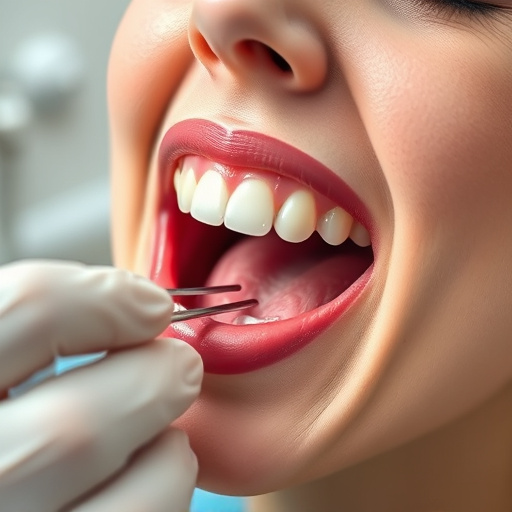
Digital dental X-rays offer several advantages over traditional film X-rays. Firstly, they significantly reduce patient exposure to radiation, making them a safer option for all ages, from children to seniors. Secondly, digital images provide immediate results and can be easily stored, shared, and enlarged, enhancing diagnostic accuracy. This faster turnaround time allows dentists to make quicker decisions, especially during urgent cases like tooth extractions or complex procedures in preventive and cosmetic dentistry.
Moreover, digital dental X-rays offer improved image quality, allowing dentists to detect even the smallest changes in oral health. They can be easily manipulated on a computer screen, making it simpler to identify and address issues early on. This advanced technology not only streamlines dental practices but also contributes to better patient outcomes by enabling more precise treatments, from routine check-ups to advanced cosmetic procedures.
Digital dental X-rays have revolutionized oral imaging, offering a faster, safer, and more efficient alternative to traditional film radiography. The evolution from film to digital has brought numerous advantages, including reduced exposure to radiation, instant image availability, and improved diagnostic accuracy. As technology continues to advance, these modern techniques ensure that dental care remains accessible and beneficial for patients of all ages. By embracing digital solutions, dental practices can enhance their services, making oral health management more convenient and effective.


